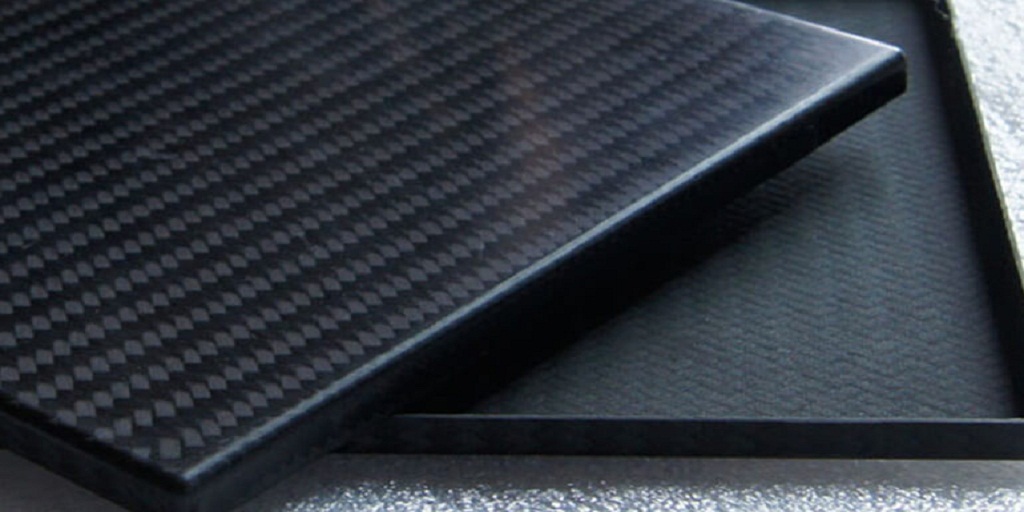
Composite components are taking many manufacturing industries by storm. These parts and assemblies are used extensively in the aerospace, automotive and industrial markets as well as consumer products, sporting equipment and the medical industry.
Many people today have learned to appreciate the distinctive weave pattern and polished looks of carbon fiber parts, and there are many products today that take advantage of this material´s unique properties. Carbon fiber molded parts are not only attractive, but also very functional.
Carbon fiber composites are credited with many desirable properties including a high specific strength and stiffness combined with a low weight in comparison to other engineering materials such as aluminum, steel, and plastic.
The ability to design complex shapes with composite components is attractive to engineers as it allows lighter weight assemblies with superior performance.
But How Are Carbon Fiber Molded Parts Made?
To answer this we must first understand what composite materials are. Composite materials are not made of just one element like iron, aluminum, or wood. They are a combination of two or more elements that have very specific properties to obtain a completely new material which has been bonded together to produce unique traits that cannot be found in nature.
In this case, we have cross-woven carbon fibers which provide incredible strength relative to a specific vector determined by the direction of the fibers. These fibers are combined with a resin that holds fibers together and gives the composite its rigidity or flexibility depending on the resin that is used.
To create carbon fiber molded parts, we start by layering carbon fiber fabric in a mold and infusing them under vacuum with a resin. The part is then placed under heat and pressure to cure the resin and make it solidify around each individual strand of fiber.
There are three methods for creating carbon fiber molded parts:
Wet Lay-Up
It is the most common carbon fiber production technique. It all starts with carbon fiber fabric cut to specification and laid into a mold. Resin is applied with a spray gun or a roller. The process is perfect for DIY projects that are not capital intensive.
Prepreg Lamination
Prepreg lamination is similar to wet lay-up techniques, but the carbon fiber fabric has resin already applied. The process involves cutting a sheet of prepreg carbon fiber fabric, then placing it into a mold like wet lay-up. At this point, it is covered with a vacuum bag and placed under heat and pressure to begin the curing process.
Vacuum Bagging
Another carbon fiber production technique utilizes Vacuum Bagging. Here, carbon fiber fabric is placed into a mold, then covered with a vacuum bag. The now layered part is then exposed to heat and vacuumed to remove any entrapped air. After that, the resin is injected into the vacuum bagged mold where it permeates all of the carbon fiber fabric. It is then heated until the resin has hardened and it’s fully cured. This method provides for the most uniform resin distribution.
All three production methods have their advantages and disadvantages depending on what properties are desired in the final product.
However, the factor that impacts the final product the most is the mold. Without an accurately crafted mold, especially for intricate geometries and shapes, your parts won’t get past quality control, especially if they´re destined for high-precision applications.
Learn more about the process behind carbon fiber model parts by visiting Protech Composites. They are among the most reliable suppliers of carbon fiber sheets and panels, and are always ready to find the best solution for your carbon fiber needs.


